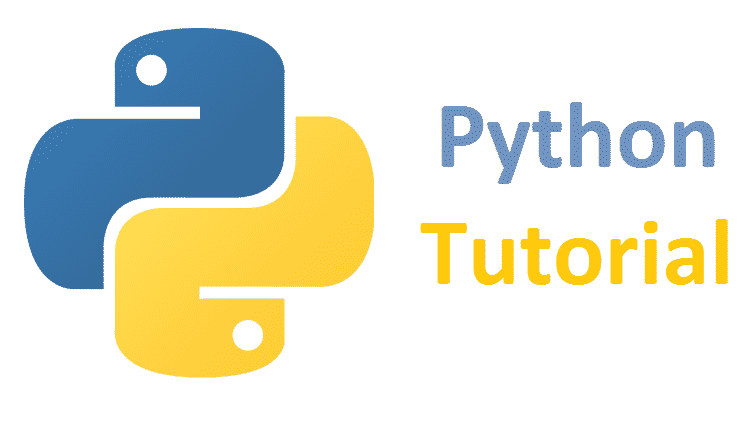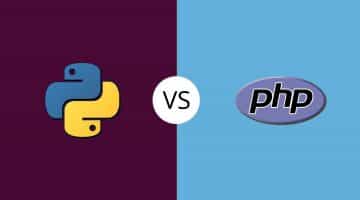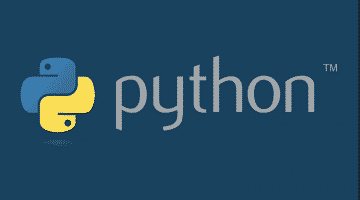Python is an object-oriented general purpose programming language. In 1985 the Gudio van Rossum developed this language. It is the simple, easy to understand, powerful high-level programming language. You do not need to compile the Python programming language because it processed at runtime by the interpreter. As Python is established and high demanded then you can get freelance service for the same.
One can easily maintain the code of the Python language, and the Python library is very portable and cross-platform compatible with any operating system such as UNIX, Windows, and Macintosh. This language also supports interface to major commercial databases. The GUI applications created in Python can easily get ported to many system calls, libraries, and Windows system.
First Python Program:
>>> a=”Hello World”
>>> print a
Hello World
>>>
Python Variable:
The name of a memory location where data gets stored is known as a variable. The developers are still available in the market, and you can hire freelancers working on Python projects.
- Assigning Value to Variable:
In Python programming language you need not declare the value of a variable explicitly. When you assign a value to any variable, then that value is automatically declared. In Python programming language assignment is done using the symbol =.
- Multiple Assignment:
Through the Python programming language, you can assign a single value to several variables. For ex: x=y=z=50
, a print x
print y
print z
Using Python programming language, you can also assign the multiple values to multiple variables. For ex: a,b,c=5,10,15
print a
print b
print c
OOPS, Concept of Python:
- Object: The object is an entity that has behavior and state. The object may be anything that means physical and logical. Such as mouse, keyboard, chair, and pen e.t.c are the object.
- Class: The set of an object is known as class. The class has specific attributes and methods. For example, if you create the student class then this class contain some specific method and attribute such as name, age, and student id.
Syntax:
class ClassName:
<statement-1>
.
.
.
<statement-N>
- Method: Method is the kind of function connected with an object. In Python programming language the method is not unique to class instances.
- Inheritance: Inheritance is the important concept of object-oriented programming language. By using inheritance concept, you can create the new class from existing class. The new class is known as a subclass or derived class, and existing class is known as a super class or base class. The inheritance allows the programmer the code reusability concept.
Working on Python programming language.
- Polymorphism: It is also one of the important concepts of object-oriented concept. The polymorphism concept allows the programmer to perform one task differently.
- Encapsulation: The encapsulation allows the programmer to restrict the access to methods and variables. Through the encapsulation concept, you can wrap code or data in a single unit.
- Data Abstraction: The data abstraction and encapsulation both concepts are synonymous whereas abstraction is used to hide internal details and only shows functionality.
Python Function:
A function is the block of code that performs the related action. You can use that block whenever you require in the program. The function block always starts with the keyword def then function name and parenthesis. The block of code within every function always start with a colon(:). In function, if any input parameter or argument gets placed within these parentheses, you can define parameters inside these parentheses.
def <function_name>([parameters]):
</function_name
Constructor:
The constructor is the method and function which has the same name as class name. For initialising, the instance variable Constructor plays an important role. The class function constructor starts with a double underscore (_). When an argument is necessary, the constructor accepts it, and when you create a constructor without an argument, then that constructor is known as default constructor.
Exception Handling:
The abnormal condition in the program leads to the disruption in the flow of the program is known as exception handling. When an exception occurs in the program, then the program automatically halts its execution. It means that exception is the type of error occurs in the program. The exception is handled using try and catchy block. Following is the syntax for exception handling in Python. As Python is established and high demanded then you can get freelance service for the same.
Try:
malicious code
except for Exception1:
execute code
except for Exception2:
execute code
….
….
except for ExceptionN:
execute code
else:
In case of no exception, execute the else block code.
Summary: This article is the Python tutorial. It covers all the important topics of Python programming language. The article also covers all aspect of object-oriented programming, variables, function, and error handling the concept.




